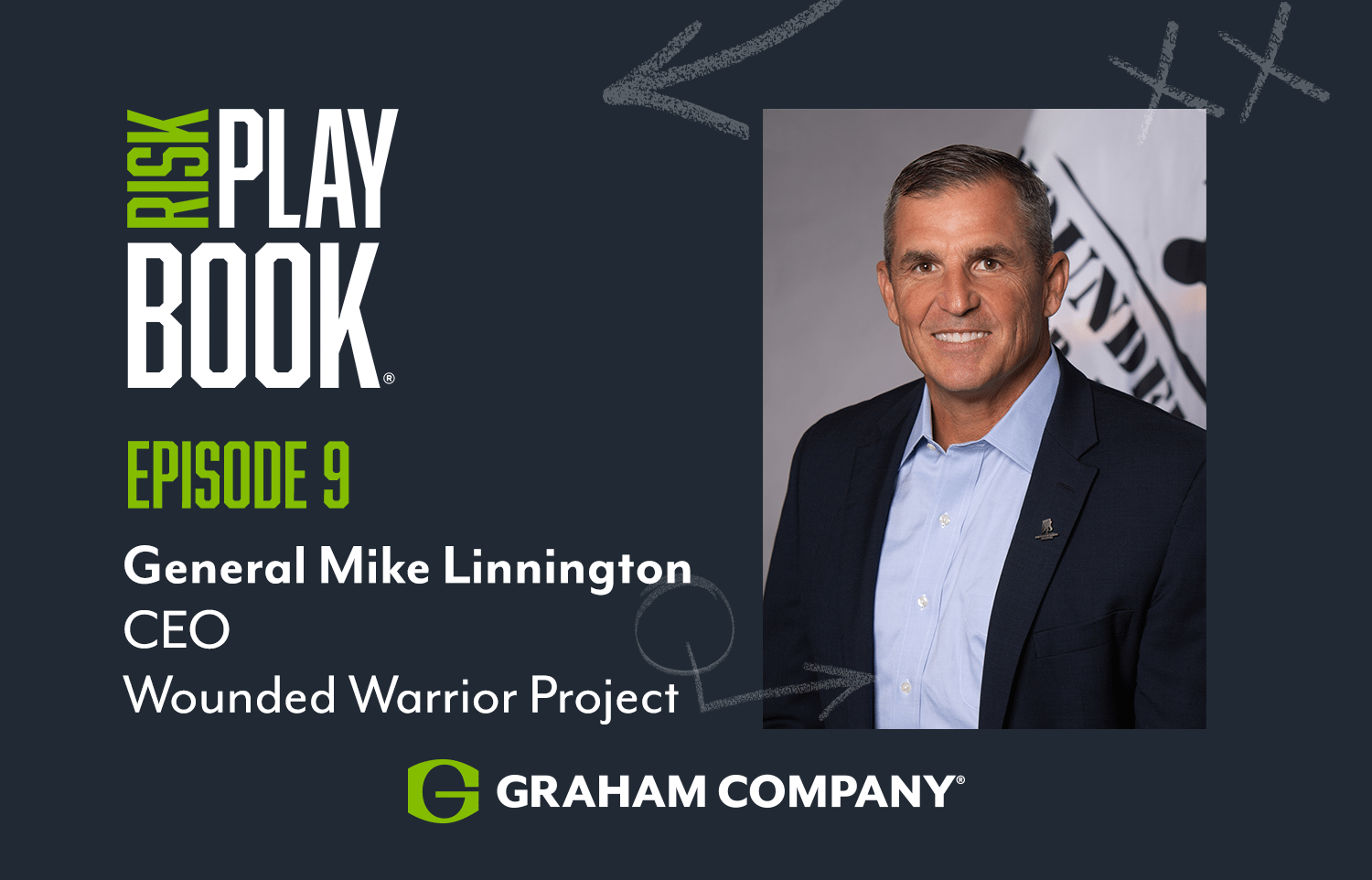You might have heard of the term “experience modification factor” in reference to your workers compensation premiums but don’t have a clear idea of what this term means. Don’t worry. You’re not alone. An experience modification factor is a unique rating factor that modifies a company’s workers compensation premiums based on the company’s individual loss experience relative to other employers that are using the same workers compensation class codes. In other words, it’s an actuarially based method for determining if a specific risk’s loss experience is better or worse than average.
The National Council on Compensation Insurance (NCCI) is the main organization that compiles the data necessary to establish workers compensation experience modifiers. This includes loss and payroll data from insurers in more than 30 states. Experience rating is mandatory in all states, so in addition to NCCI, independent rating bureaus operate in a number of states, including Delaware, Pennsylvania, New Jersey, New York, Massachusetts, and California, among others.
You might be wondering, how is an experience modification factor calculated? Well, it’s based on a complex formula that uses a variety of methods to balance frequency and severity of losses. It also uses credibility factors to take into consideration the size of an insured’s operations. The formula is built on the premise of comparing a company’s actual loss experience to the relevant industry average loss experience. It’s also important to note that three years of loss and payroll data are used in the calculation excluding the most recently completed year.
Companies should be aware that a poor loss will impact their organization for a three-year period. However, large catastrophic losses are discounted in the formula and the calculation of an insured’s experience modification factor is driven more by small and frequent losses.
How to control your experience modification factor
There are a variety of ways to take control of your business’ loss experience to drive the experience modification factor lower to generate insurance premium savings, including the following:
- Pre-Unit Stat Review – This will ensure that the loss and payroll data used in your calculation are accurately reported from the carrier to the rating bureau.
- Aggressive Claims Management – Keeping reserves in check and closing claims quickly will help keep the loss data in your experience modification factor as low as possible.
- Light Duty/Return to Work Programs – This type of program will lower the lost wages portions of the losses going into your experience modification factor.
- Comprehensive Safety Program – Will aid in loss prevention efforts to reduce the likelihood of incidents.
- Utilize Your Safety Consultants – Consultants are able to provide assistance in implementing safety-related “best practices” which will translate to lower claims frequency.
- Incident Investigation and Root Cause Analysis – Allows you to identify and target safety efforts based upon root causes and drive safety results more quickly.
- Accountability for Safety – Having all levels of management take ownership and be held accountable for safety shows commitment for safety and the well-being of employees.

Philadelphia, PA, 19102
EB.jpg)






